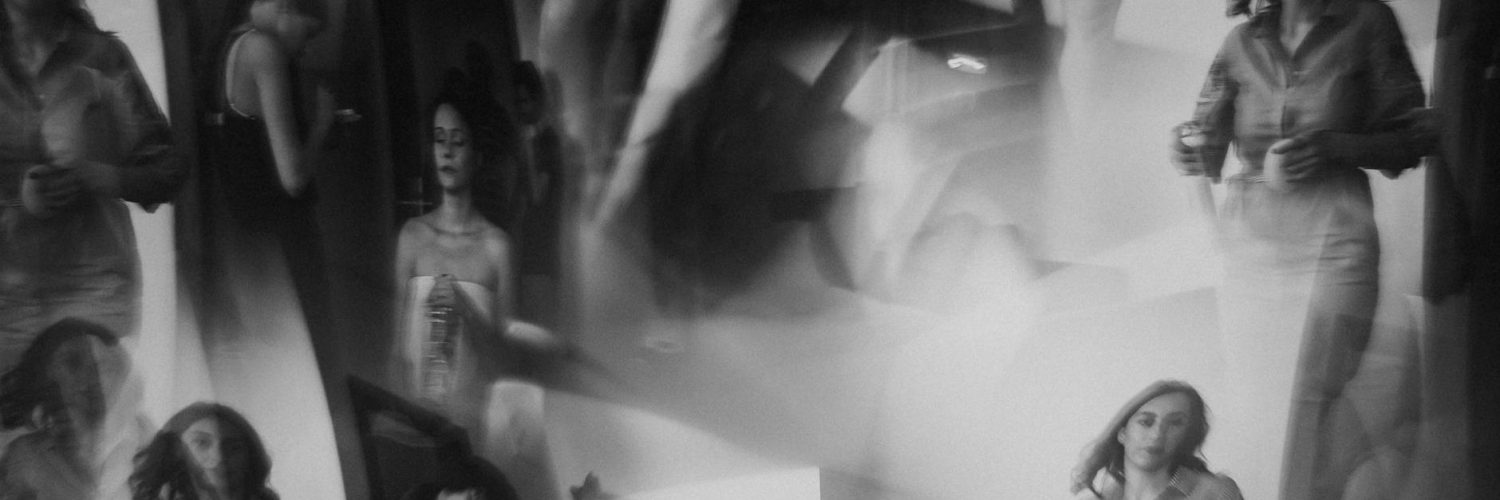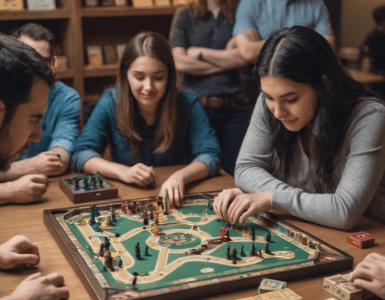We all love a good movie, a catchy tune, or a stunning painting. But sometimes, the magic lies not just in the obvious, but in the subtle details, the hidden connections, the unexpected harmonies that resonate beneath the surface. Let’s dive into some fascinating insights about entertainment and art that often slip under the radar.
The Unintentional Soundtrack: How Life Imitates Art (and Vice Versa)
Think about the iconic “Imperial March” from Star Wars. It’s instantly recognizable, a symbol of Darth Vader’s ominous presence. But did you know its chilling effectiveness stems partly from its use of augmented chords, notes that sound slightly “off,” creating a sense of unease? Composers often use these musical dissonances to mirror dramatic tension on screen. It’s a clever trick, mirroring how life itself is sometimes “off-key”—full of unpredictable moments and unresolved tensions.
This idea of mirroring extends beyond film scores. Think about the rise of “sad girl” music—artists like Lorde and Billie Eilish, who capture the angst and melancholia of adolescence with raw honesty. Their emotive music resonates because it validates the complex, often messy, emotional landscape of growing up, a feeling many can relate to, finding solace in shared experience. The music becomes a soundtrack to their own lives, a reflection of their internal world.
Hidden Messages in Masterpieces: Clues and Codes in Visual Art
Art isn’t always just about aesthetics; it can be a powerful tool for communication. Consider the works of René Magritte, the surrealist painter known for his enigmatic pieces like “The Son of Man.” The apple obscuring the man’s face isn’t just a visually striking element; it’s a comment on perception, challenging our assumptions about what we see and what we know. Magritte’s paintings are visual puzzles, inviting the viewer to unpack the layers of meaning hidden within.
Similarly, analyzing specific details in famous paintings can reveal intriguing connections to historical and cultural events. Look at the symbolism used in Renaissance paintings – the specific fruits, flowers, or fabrics depicted often hold deeper meanings related to religious beliefs, social status, or even political allegories. These tiny details, often overlooked, enhance the narrative and give us a richer understanding of the artwork’s context.
The Power of the Unintentional: Happy Accidents in Cinema
Sometimes, the greatest moments in film are happy accidents. Think about the iconic shower scene in Alfred Hitchcock’s Psycho. The jarring use of editing and the shocking nature of the scene became legendary. However, the scene’s impact wasn’t entirely planned. Bernard Herrmann’s screeching violins weren’t originally intended to accompany the scene; but the effect was so powerful, the combination became a masterclass in film horror. The “happy accident” amplified the scene’s disturbing effect, transforming it into something far greater than its individual parts. How Do Stand-Up Comedians Write Their Jokes?
This phenomenon isn’t unique to Psycho. Many films have benefited from spontaneous moments, improvisation by actors, or unexpected technical glitches. These “accidents,” when handled well, can add authenticity and a unique, raw energy that meticulously planned scenes often lack. They become an essential part of the film’s cultural legacy.
Beyond the Lyrics: Exploring Musical Nuances
Music is more than just catchy melodies and relatable lyrics. The arrangement, instrumentation, and even the specific recording techniques used can significantly impact a song’s feel and meaning. Take, for example, the use of reverb in many 1960s rock songs. The echoing effect wasn’t just a technical quirk; it created a sense of vastness and drama, reflecting the changing times and the cultural shifts of the era. It was a subtle but potent way of shaping the music’s emotional impact.
Similarly, understanding the history behind a musical genre can add another layer to your appreciation. The blues, for instance, emerged from the hardships of African Americans in the Southern United States. Its melancholic melodies and emotional intensity are directly linked to their struggles and resilience. Listening to the blues with this historical context enhances its power and resonance, transforming it from mere entertainment to a testament to human experience.
The Unexpected Influence of Art History: A Ripple Effect
Art movements throughout history haven’t just existed in their own bubbles; they’ve had a profound and lasting impact on subsequent forms of entertainment. The vibrant colors and expressive brushstrokes of the Impressionists, for instance, arguably influenced the stylistic choices made in early animation and the aesthetics of certain video games. Similarly, the stark simplicity of minimalism in visual arts has found its echo in the minimalist sound design of some electronic music and the clean, uncluttered aesthetic of certain films.
Understanding these connections allows for a richer, more informed appreciation of modern art and entertainment. It helps us see the patterns, the evolution, and the underlying principles that have shaped the creative landscape we inhabit today. Art is a conversation across time, a continuous dialogue between generations of artists and creators.
In conclusion, whether it’s the subtle use of augmented chords in a film score, the hidden symbolism in a Renaissance painting, or the unintended brilliance of a happy accident on set, the true magic of entertainment and art often lies beyond the obvious. By paying attention to these subtle details, the unexpected harmonies, we unlock a deeper understanding and appreciation for the creative world around us.

























Add comment